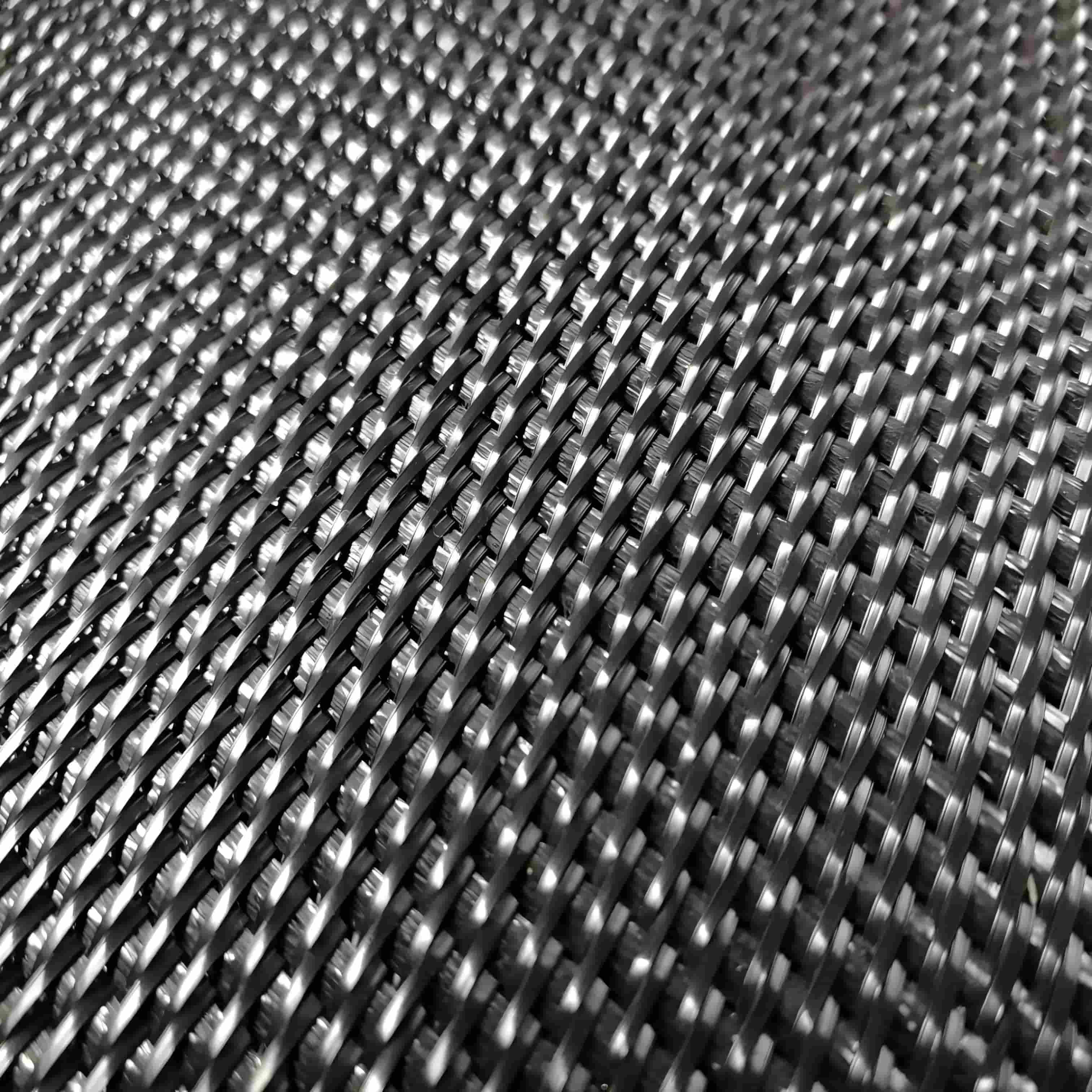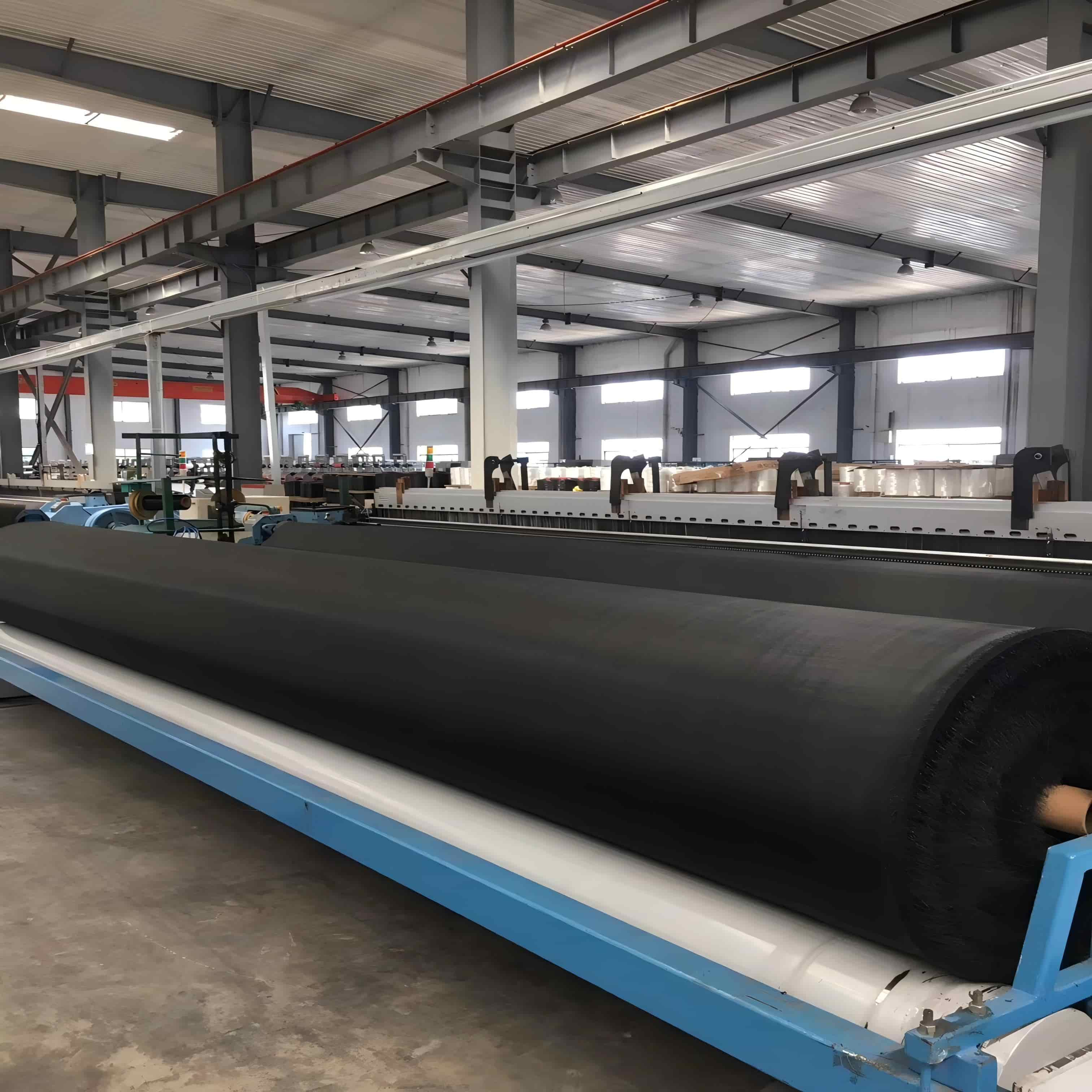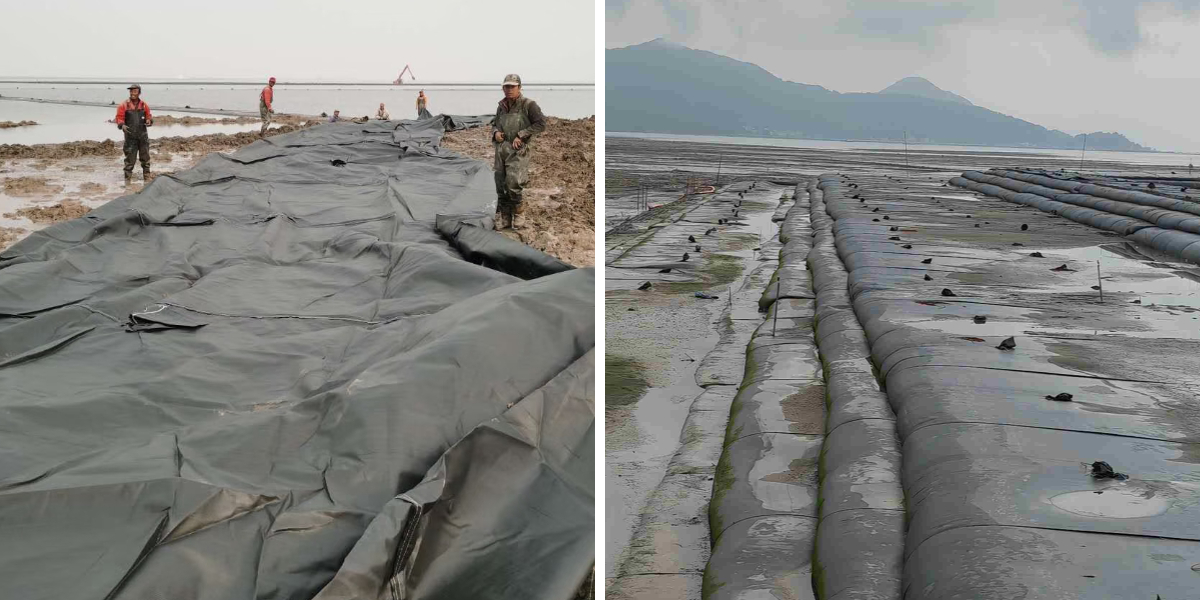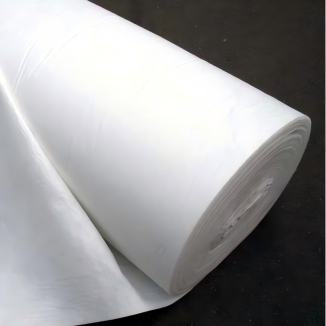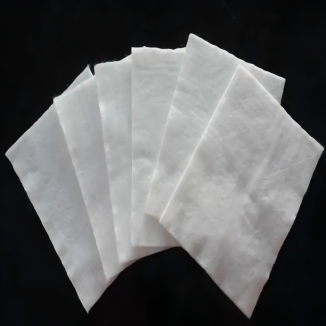Dewatering Sediment Filter Bags
1.Fast and accurate filtration: Can firmly block small sediment, reduce subsequent equipment blockage, and make processing smoother.
2.Durable and resistant to manufacturing: The material is wear-resistant, acid and alkali resistant, and is not easily damaged by rough sediment, allowing for longer use.
3.Strong adaptability: There are multiple sizes and filtering accuracies to choose from, which can match different filtering devices and meet different needs.
4.Easy to use: The bag opening is easy to open, and changing the bag does not require complex tools, saving time and manpower.
Product Introduction
1、 Basic attributes
Material: Dewatering Sediment Filter Bags are mostly made of polyester, polypropylene and other composite fibers, some of which contain anti-aging, acid and alkali resistant coatings, suitable for different working conditions;
Form: Bag like structure, common open/buckle design, size (diameter 10-30cm, length 30-100cm) and filtration accuracy (5-50 μ m) can be customized;
Adaptation scenarios: industrial dewatering followed by sediment filtration (such as chemical, environmental, mining), and can also be used for solid-liquid separation in small-scale laboratories.
2、 Core functions
Precise interception: By using a dense fiber structure, fine particles and impurities in the dehydrated precipitate are captured to prevent them from contaminating subsequent equipment or the environment with the filtrate;
Ensure process stability: reduce impurities blocking pipelines and valves, lower the probability of filtration system failures, and maintain continuous operation of the solid-liquid separation process.
3、 Main features
Strong durability: The material is tear resistant, wear-resistant, able to withstand friction from hard particles in sediment, and resistant to acid and alkali corrosion, with a long service life;
Easy to operate: The open design facilitates loading and replacement, and some styles come with handles, eliminating the need for additional tools and reducing downtime for bag replacement;
High flexibility: Multiple specifications and precision options are available, which can be matched with different models of filters and centrifuges to meet the filtration needs of different scales.
Product Parameters
project | unit | CWGD50S | CWGD90/120 | CWGD90S | CWGD100S | CWGD120S-B | CWGD120S-C | CWGD130S | CWGD200S-C | |
Tensile strength-radial | kN/m | 55 | 90 | 90 | 100 | 130 | 130 | 130 | 220 | |
Tensile strength-Weft | 50 | 120 | 90 | 100 | 120 | 120 | 130 | 210 | ||
Strain elongation-radial | % | 16±1 | 12±1 | 9±1 | 10±1 | 10±1 | 10±1 | 10±1 | 12±1 | |
Extensional elongation-Weft | 10±1 | 8±1 | 8±1 | 8±1 | 8±1 | 8±1 | 8±1 | 8±1 | ||
Breakage strength at 2% elongation | warp direction | kN/m | 5/15 | 14/40 | 30/30 | 30/30 | 20/40 | 22/40 | 20/45 | 15 |
Breakage strength at 5% elongation | warp direction | kN/m | 14/33 | 38/90 | 75/75 | 75/75 | 80/100 | 84/40 | 80/110 | 90 |
mass area ratio | g/m² | 285 | 440 | 390 | 430 | 540 | 540 | 560 | 850 | |
Joint tensile strength | kN/m | 35 | 90 | 60 | 70 | 100 | 100 | 110 | 170 | |
Static Burst Strength (CBR) | KN | 5 | 10 | 10 | 13 | 15 | 15 | 16 | 22 | |
Dynamic perforation | mm | 10 | 8 | 12 | 12 | 10 | 10 | 11 | 8 | |
Equivalent aperture (0g0) | mm | 0.9 | 0.48 | 0.52 | 0.45 | 0.4 | 0.3 | 0.43 | 0.4 | |
Permeability (Q50) | L/m²/s | 200 | 40 | 20 | 15 | 12 | 6.5 | 15 | 15 | |
Ultraviolet resistance (500h strong storage rate ) | % | 90 | 90 | 85 | 85 | 85 | 85 | 85 | 85 | |
Product Application
1.Industrial production field
Chemical industry: Filter the salts, resin particles and other precipitates generated by dehydration after chemical reactions to avoid impurities from mixing into subsequent products or blocking pipelines, ensuring the purity of chemical products and production continuity;
Mining field: Processing slag and dust sediment after ore washing, smelting and dehydration, reducing equipment wear caused by solid waste, and achieving impurity pretreatment before wastewater recycling;
In the field of mechanical processing: filtering metal cutting fluid, metal debris and oil sediment after lubricating oil dehydration, extending the service life of cutting fluid, and reducing the risk of machining equipment failure.
2.Environmental water treatment field
Municipal sewage treatment: filtering the sludge residue and organic sediment after sewage dewatering to improve the effluent quality and reduce solid waste discharge;
Industrial wastewater treatment: Treating heavy metal ion precipitates and dye residues from dehydrated wastewater in industries such as electroplating and printing and dyeing, reducing the impact of pollutants on the environment.
3.Food and pharmaceutical industry
Food processing: filtering fruit pulp residue, starch sediment, or impurities during the refining process of edible oil from dehydrated fruit juice and sauce to ensure food hygiene and taste;
Pharmaceutical industry: used for filtering drug residues and crystal precipitates after dehydration of traditional Chinese medicine extracts and Western medicine raw materials, to meet the cleanliness requirements of pharmaceutical production and avoid impurities affecting drug quality.
4.Small scale and special scenarios
Laboratory research: Adapt small-scale filtration equipment to process trace precipitates after dehydration of experimental samples, ensuring the accuracy of experimental data;
Agricultural production: Filter the sediment and impurities from dehydrated agricultural irrigation water and fertilizer solutions to prevent blockages in irrigation equipment and ensure crop growth.
In summary, the application of dehydrated sediment filter bags has always revolved around "solving the pain points of solid-liquid separation after dehydration". Whether it is equipment protection and product purification in large-scale industrial production, water quality improvement and pollution control in the environmental protection field, hygiene and safety protection in the food and pharmaceutical field, or precise processing in small-scale scenarios, they can all become key auxiliary tools for "reducing impurity interference and ensuring process stability" in different fields due to their durability, high efficiency, and strong adaptability, effectively connecting dehydration and subsequent processing links, and improving overall operational efficiency and quality.



